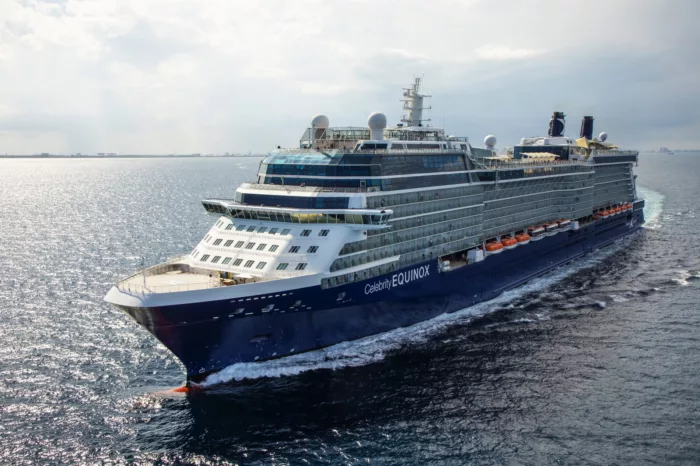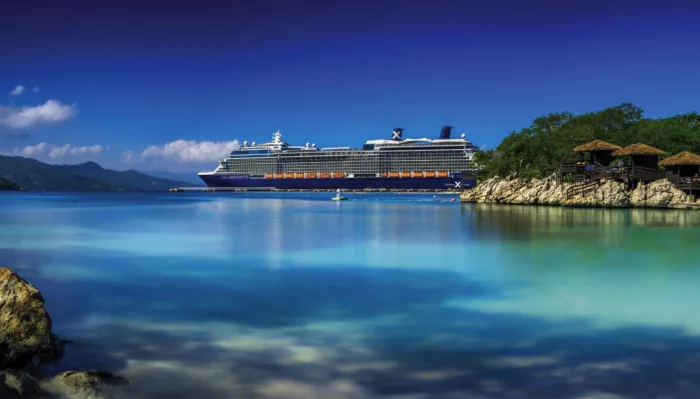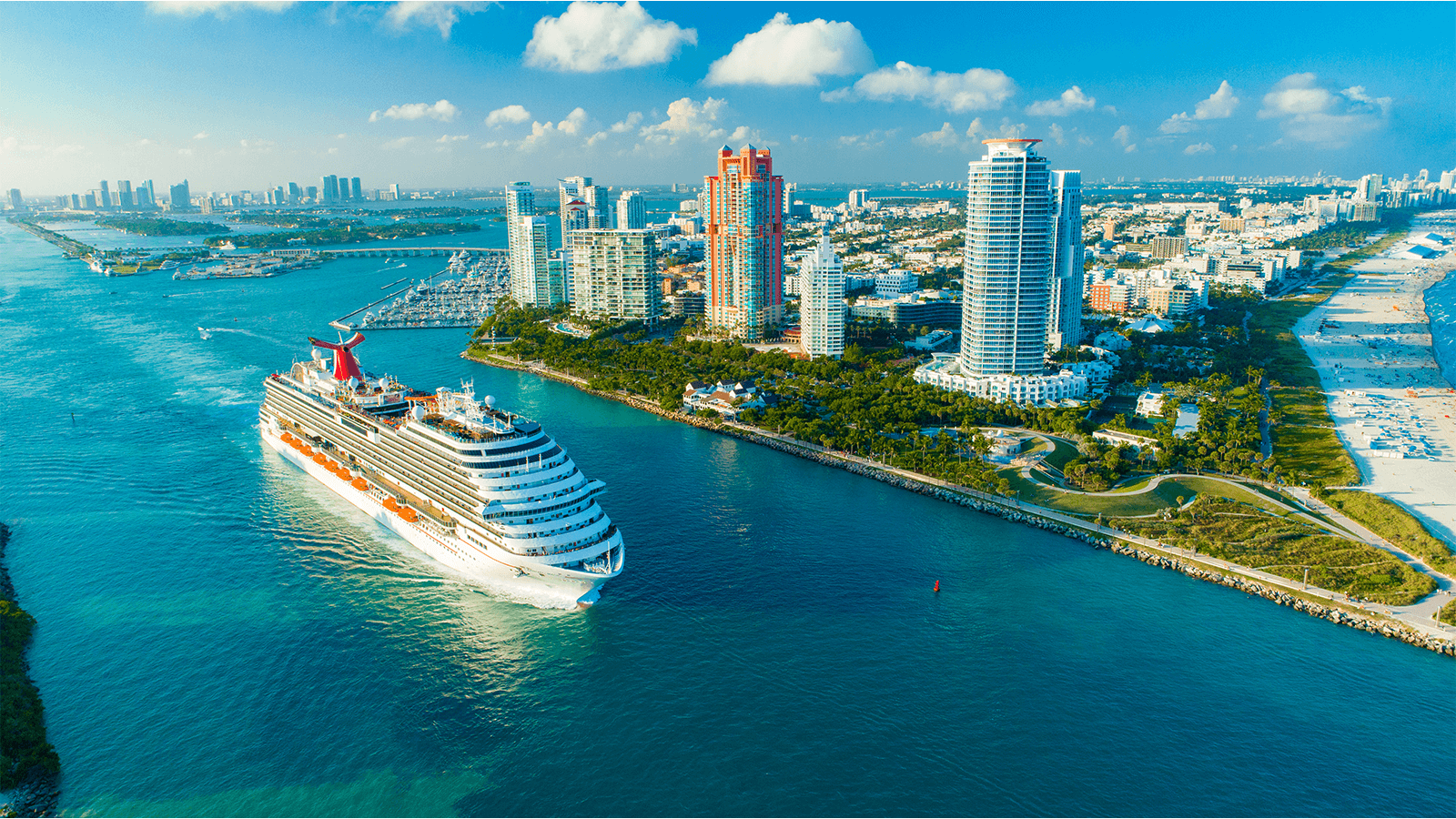
Captain Kate McCue has come to symbolise the modern approach of Celebrity Cruises. The Instagram-famous American skipper - accompanied by her cat Bug Naked - has taken the helm of the line's latest ship: Celebrity Beyond.
Other ships in the fleet have been overhauled and given new facilities, while Celebrity also launched its 100-passenger Galapagos expedition ship, Celebrity Flora, and announced a new partnership with wellness guru Gwyneth Paltrow.











Voted 2020 Best Service - Large Ship Category – Cruise Critic Cruiser’s Choice Awards
Celebrity Equinox® is now making even more waves in the cruise world. From adding elevated design concepts and technology across the ship to The Retreat®, an exclusive experience for guests of The Retreat that includes The Retreat® Sundeck and The Retreat® Lounge, the change is phenomenal.












